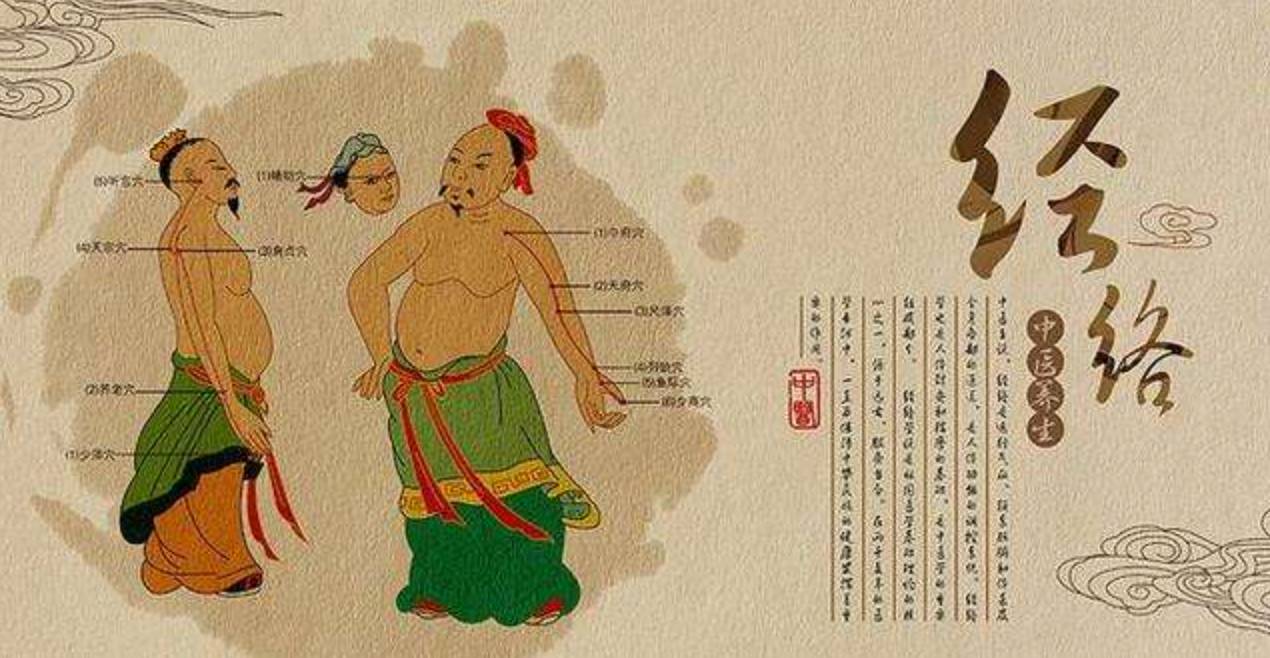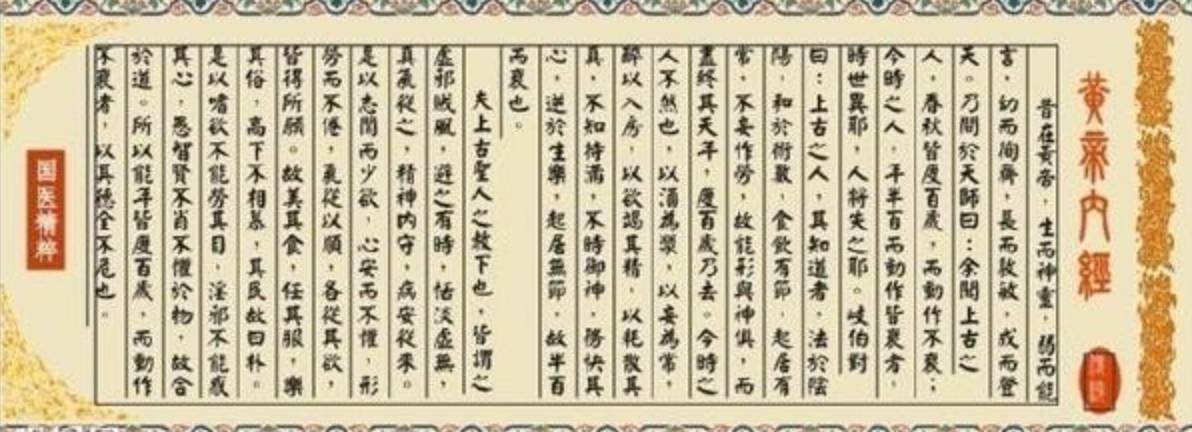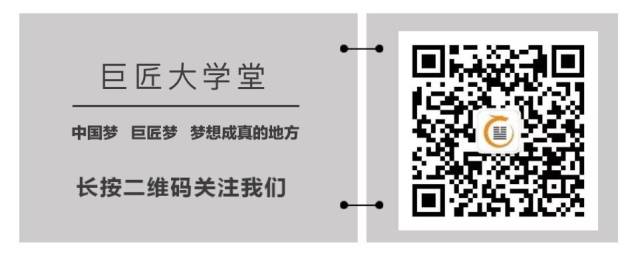
The Huangdi Neijing, divided into the “Lingshu” and “Suwen” sections, is a work attributed to the ancient physician Huangdi (Yellow Emperor) and is a collaborative creation of medical theorists. It is generally believed to have been completed during the Spring and Autumn and Warring States periods.
In the dialogues between Huangdi, Qibo, and Leigong, it elucidates the mechanisms and pathology of diseases while advocating for the treatment of diseases before they manifest, as well as promoting health preservation, longevity, and vitality. It is one of the four classic texts of Traditional Chinese Medicine (TCM) alongside the “Nanjing”, “Shanghan Zabing Lun”, and “Shennong Bencao Jing”, and is the earliest existing medical classic in China’s medical treasury. It is a monumental work that studies human physiology, pathology, diagnostics, treatment principles, and pharmacology. Theoretical foundations include the concepts of “Yin-Yang and the Five Elements”, “Pulse Theory”, and “Zangxiang Theory”. Its medical theories are based on ancient Chinese philosophical theories, reflecting the dialectical thinking of ancient Chinese materialism.

1. 【Basic Information】
The Huangdi Neijing, abbreviated as “Neijing”, is one of the earliest texts in existing Chinese medical literature. It was completed during the Warring States to Qin and Han periods and is a summary of the long-term experiences of the Chinese people in combating diseases. Its publication marked the establishment of a unique theoretical system in TCM, signifying the transition of traditional medicine from a phase of mere experiential accumulation to a systematic theoretical summary.
The Huangdi Neijing is a classic work that comprehensively discusses TCM theories. Its formation is based on ancient anatomical knowledge and guided by ancient philosophical thought, developed through long-term observations of life phenomena and repeated validations of medical practice, evolving from the empirical to the rational, and from fragments to a comprehensive system. Thus, this theoretical system, under the guidance of ancient dialectical materialism, proposes many important theoretical principles and academic viewpoints, laying a solid foundation for the development of TCM.
2. 【Author Introduction】
The Huangdi Neijing is attributed to ancient physicians under the name of Huangdi, but the specific authorship is unknown. In summary, the Huangdi Neijing was not written by a single person; its composition likely occurred during the Warring States period, with some chapters completed during the Han dynasty.
As stated in the “Huainanzi: Xiu Wu Xun”: “The common people often respect the ancient and despise the present, thus those who seek the Dao must attribute it to Shennong and Huangdi to be credible.” Therefore, the reason the Huangdi Neijing bears the name of “Huangdi” is to trace its origins and emphasize that the content is not fictitious.
3. 【Background of Creation】
As mentioned earlier, the Huangdi Neijing is neither a work of a single moment nor the product of a single author, but rather a summary of numerous medical texts prior to the Warring States period. This can be evidenced by the fact that both the “Suwen” and “Lingshu” consist of eighty-one chapters each, and the Huangdi Neijing cites a large number of ancient texts, with mutual references between the “Suwen” and “Lingshu” and among various chapters.
The Huangdi Neijing cites approximately 50 ancient texts, among which 16 have preserved titles and content, including “Nixun Wuti”, “Jinfeng”, “Maidu”, “Bencang”, “Wai Chai”, “Wuse”, “Yujiji”, “Jiu Zhen Lun”, “Re Lun”, “Zhenjing”, “Zhongshi”, “Jingmai”, “Tianyuan Ji”, “Qijiao Bian”, “Tianyuan Zheng Ji”, and “Zhenjing”. There are also 8 texts with only fragmentary remains, such as “Cifa”, “Benbing”, “Mingtang”, “Shangjing”, “Xiajing”, “Dayao”, “Maifa”, and “Maiyao”. Additionally, there are 29 texts known only by their titles, including “Kuidu”, “Qiheng”, “Qiheng Zhi Shi”, “Bili”, “Jinkui”, “Congrong”, “Wuzhong”, “Wuguo”, “Sided”, “Shangxia Jing”, “Liushi Shou”, “Maibian”, “Jingmai Shangxia Pian”, “Shangxia Pian”, “Zhenlun”, “Yin Yang”, “Yin Yang Chuan”, “Yin Yang Zhi Lun”, “Yin Yang Shier Guan Xiang Shi”, “Taishi Tianyuan Ce”, “Tianyuan Ce”, etc. Furthermore, there are many instances of quoting ancient texts using phrases like “Jingyan”, “Jinglun”, “Lunyan”, or “Thus it is said…”, making it impossible to identify their titles.
It is precisely due to the above circumstances that we say the Huangdi Neijing represents the first summary of ancient Chinese medicine, and it is the only surviving comprehensive work of medicine prior to the Warring States period.
4. 【Content Summary】
The Huangdi Neijing is divided into the “Suwen” and “Lingshu” sections. The “Suwen” focuses on discussing the organs, meridians, causes of diseases, mechanisms of diseases, syndromes, diagnostic methods, treatment principles, and acupuncture, among other topics. The “Lingshu” is an inseparable sister text to the “Suwen”, with content that is largely similar. In addition to discussing organ functions, causes, and mechanisms of diseases, it also emphasizes the meridians and acupoints, acupuncture tools, techniques, and treatment principles.
The fundamental spirit and main content of the Huangdi Neijing include: holistic concepts, Yin-Yang and the Five Elements, Zangxiang and meridians, etiology and pathogenesis, diagnostic methods and treatment principles, preventive health, and the theory of Qi.
The Huangdi Neijing has been passed down in two parts: the “Suwen” and the “Lingshu”. The combined version from the Sui dynasty (which includes both the “Suwen” and “Lingshu”) was organized by Yang Shangshan into the “Huangdi Neijing Taisu”. In summary, the twenty-four volume version of the “Suwen” annotated by Wang Bing during the Tang dynasty is the earliest existing version, which was corrected by the Northern Song’s Medical Book Bureau. The twenty-four volume version of the “Lingshu” compiled by Shi Song during the Southern Song dynasty is the earliest and only version of the “Lingshu” that has survived.

5. 【Health Preservation Quotes】
1. “Diet should be moderate, daily routines should be regular, and one should not overexert oneself”; excessive desires and indulgences deplete vital energy, and engaging in drinking and sexual activities is detrimental.
2. “Spitting too far can harm the vital energy.”
3. “Calmness and emptiness lead to true Qi, and maintaining inner peace prevents illness.” Without excessive thoughts, being peaceful and tranquil preserves true Qi within, and illness cannot harm you.
4. “The benevolent live long: those with broad minds benefit longevity; conversely, those with narrow minds are detrimental to health and life”; lacking virtue, even consuming elixirs cannot prolong life; those with complete virtue do not seek goodness to receive blessings, nor longevity to extend life; this is the essence of health preservation. Emphasizing moral cultivation: “Haoran Zhengqi” is beneficial for physical and mental health…
5. “If one cannot forgive oneself, how can one maintain a tranquil heart?”; “Still judging worthiness, it shows there is still a measure, indicating the presence of ‘Qi roots’.”
6. “Sorrow and worry disturb the heart; when the heart is disturbed, all organs are shaken.” This means that emotional instability can lead to any illness.
7. “Grains nourish, fruits assist, livestock benefit, vegetables fill, and combining flavors replenishes essence and vital energy.” “The foundation of health must rely on food; without understanding proper diet, one cannot sustain life.”
6. 【Social Impact】
Experts believe that the Huangdi Neijing can be summarized with three “firsts”.
1. The Huangdi Neijing is the first classic of TCM theory.
Since the emergence of humanity, diseases have existed, and with diseases, various methods of treatment have been sought, so the formation of medical technology predates the Huangdi Neijing. However, the establishment of TCM as an academic system began with the Huangdi Neijing, which is thus recognized as the foundational work of TCM.
2. The Huangdi Neijing is the first health preservation manual.
While the Huangdi Neijing discusses how to treat diseases, it more importantly addresses how to avoid diseases, how to maintain health without medication, and how to live to a hundred years.
3. The Huangdi Neijing is the first encyclopedia of life.
Focusing on life, the Huangdi Neijing discusses medicine, astronomy, geography, psychology, sociology, as well as philosophy and history, making it an encyclopedia centered around life issues. The core of our national studies is essentially life philosophy, and the Huangdi Neijing is the most influential classic named after the Yellow Emperor.
7. 【Value Contribution】
As the theoretical foundation and essence of traditional Chinese medicine, the Huangdi Neijing has played an indispensable role in the long history of the Chinese nation over nearly two thousand years. The completion of the Huangdi Neijing marked the transition of Chinese medicine from empirical medicine to theoretical medicine. It summarized the medical achievements prior to the Warring States period and provided theoretical guidance for the development of Chinese medicine thereafter. In aspects such as holistic views, conflict perspectives, meridian studies, organ theory, etiology and pathogenesis, health preservation and preventive medicine, as well as diagnostic and treatment principles, it laid the theoretical foundation for TCM and has had a profound impact. The innovations and contributions of renowned physicians throughout history are largely closely related to the Huangdi Neijing.
— the end —
Juliang University Hall
Founded under the background of the cultural concept of socialism with Chinese characteristics in the new era
Upholding the purpose of “inheriting Chinese cultural heritage and achieving global masters”
Committed to restoring the original source and revitalizing national culture
Gathering renowned teachers and scholars
Is the largest public welfare platform for cultural inheritance in China


